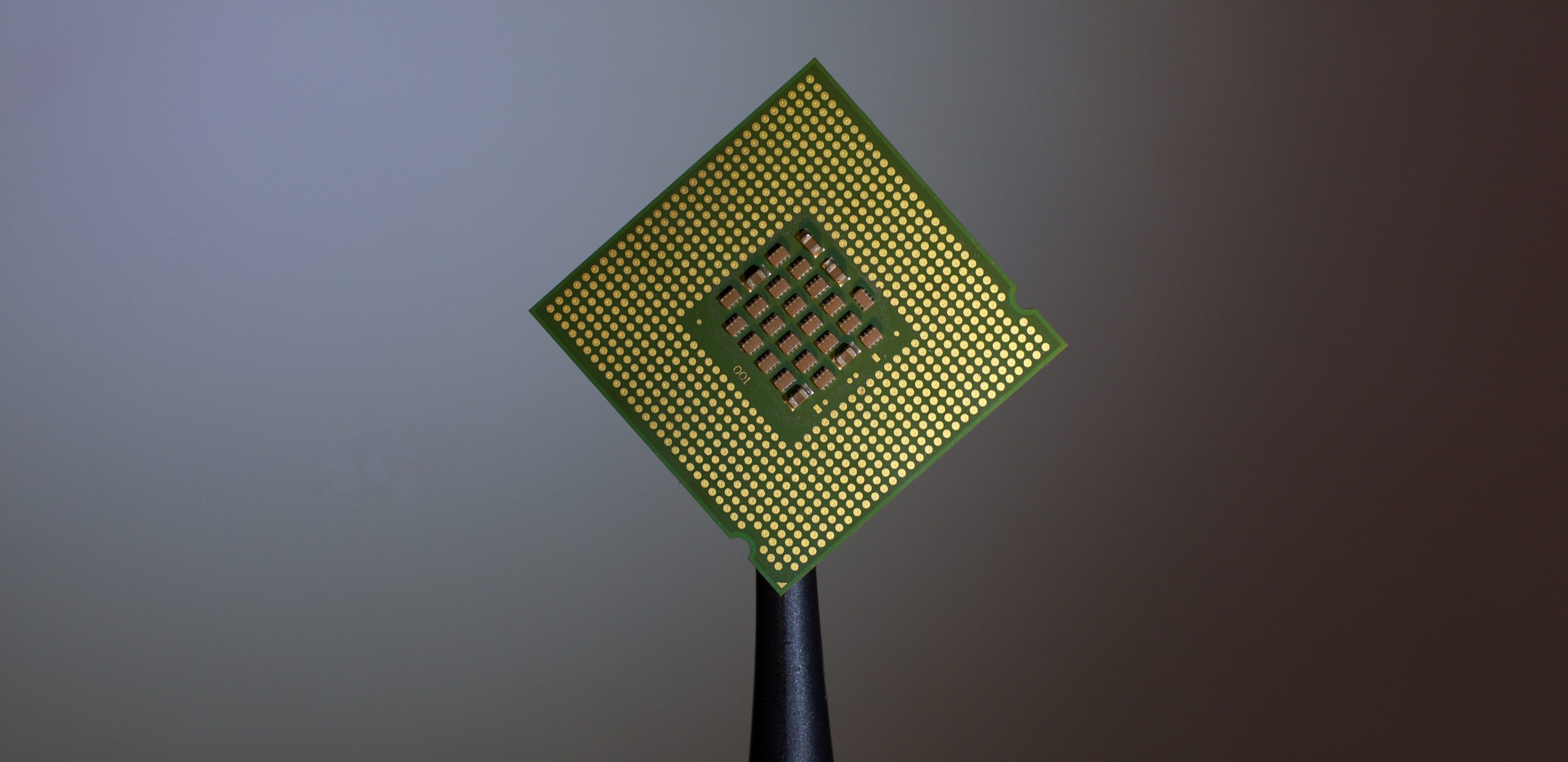
Latest additions to the Spinverse team
Spinverse focuses on growth and expansion. Since May 2016, we have opened a new office in Sweden and significantly reinforced our team of experts.

Spinverse focuses on growth and expansion. Since May 2016, we have opened a new office in Sweden and significantly reinforced our team of experts.

Talouselämä - a Finnish language weekly financial and business magazine - has just published a multi-page article (in Finnish) covering recent developments on the Kaidi Finland's biorefinery large scale investment project.

The European Commission has decided to grant EUR 88,5 million of NER 300 investment subsidies for the biofuel refinery planned by Kaidi in Ajos, Kemi. NER 300 is one of the world's largest funding programmes for innovative low-carbon energy demonstration projects. The application was prepared by Spinverse.

Disrupt or Be Disrupted: do you know what will reshape your industry?

FinEst Smart Mobility project strengthens links between Helsinki and Tallinn with the funding from Central Baltic Programme 2014-2020. By piloting smart solutions that will reduce the travel time between the two capitals, as well as by contributing to open data and open source enablers, the project aims to drive towards sustainable innovations in the Baltic Sea region.

Tekniikka&Talous, a Finnish language news magazine focusing on technological innovations, just published an insightful article on Spinverse-coordinated EU project Prominent (Processes for MEMS by Inkjet Enhanced Technologies), exploring the possibilities of the European MEMS industry. The Research SVP of Okmetic, Markku Tiili, was very pleased on the recently finalised project.

More and more brilliant SMEs are set to strengthen European competitiveness with the support of Horizon 2020 SME Instrument programme, Spinverse is delighted to make known yet another customer success story: Finnish company TactoTek secured Horizon2020 SME Instrument financing to revolutionise the way we manufacture electronics for the benefit of the European automotive industry.

Finnish politician, former chairman of the Swedish People's Party and the former Minister of Defence of Finland Carl Haglund to accelerate Kaidi Group’s growth in Europe in the rank of Vice President.

Launched in October 2015 the Fingrid idea competition challenged companies of all sizes to submit their business ideas addressing the topic of grid maintenance development. Which, essentially, means enhancing grid performance, reducing inconvenience caused by power outages and lessening environmental impacts and energy consumption. All while reducing the cost of power delivery.

Spinverse has recently opened a new office in Stockholm. Located at the Ringvägen 100, at the heart of the central Stockholm district of Södermalm, the new address offers excellent connections around the "Venice of Scandinavia" for the Spinverse team.